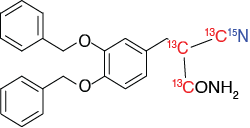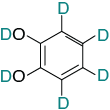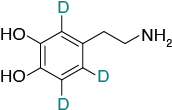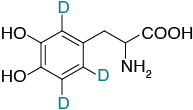II. Analytical services
1. Food matrices
Authentication of food and beverage products based on isotopic fingerprints (13C, 2H, 18O):
- determination of 18O/16O isotope ratios in water, wine, fruit juice, cider
- determination of 13C/12C isotope ratios in ethanol in wine and alcoholic beverages; organic matter (dry matter) in milk, cheese, casein extracted from cheese, honey, meat
Determination of elemental concentrations in foodstuffs of animal/vegetable origin:
- essential elements: Ca, Mg, K, Fe, Cu
- toxic metals: Pd, Cd, As, Hg
Determination of organochlorine pesticide residues in food matrices: fruit, vegetables, milk and milk products
Assessment of fatty acid content and distribution in vegetable oils and foodstuffs
Characterisation of alcoholic beverages in terms of methanol and higher alcohols
Determination of isotope ratios (D/H)i in ethanol extracted from wine and spirits by measuring deuterium at natural abundance using NMR spectroscopy
Metabolic fingerprinting by 1H-NMR spectroscopy of wines and spirits
2. Environmental matrices
Qualitative and quantitative analysis of organic compounds by measuring different nuclei (1H, 2H, 13C, 15N, 19F, 31P) in liquid samples by NMR spectroscopy based on 1D and 2D experiments (COSY, ROESY, DOSY, HSQC, HMBC)
Determination of the isotopic fingerprint of 2H and 18O in water samples (precipitation, mineral waters)
Determination of the isotopic fingerprint of 13C and 14N in environmental matrices (soil, sediments, carbonates, loess)
Determinations of metals in environmental matrices
Determination of organochlorine pesticides in environmental matrices (soil, water, feed)
Determination of petroleum products in soil
3. Health
Drug identification based on carbon (13C/12C) and nitrogen (15N/14N) isotopic fingerprints
Determinations of metal concentration in drugs
Testing of food contact packaging and ceramic materials
Determinations of macro/micro minerals and toxic metals in food supplements
Intermolecular bioligand-macromolecule interactions investigated by spectroscopy, relaxometry and NMR scatterometry on liquid samples
Improving solubility and bioavailability of synthetic and natural bioactive substances by molecular encapsulation
Studies on the binding of drugs to plasma proteins – used as molecular carriers
4. Cosmetic products
Quality assessment of cosmetic products in terms of toxic metal content
Determination of volatile organic compounds in essential oils (lavender, peppermint, and fir) and by-products from the distillation
Determination of active substances in raw materials and disinfectants
III. Transfer of know-how for the separation of light stable isotopes
Scientific and technological expertise in the field of isotope separation: theoretical design of separation plants, testing of fillers, process automation







































